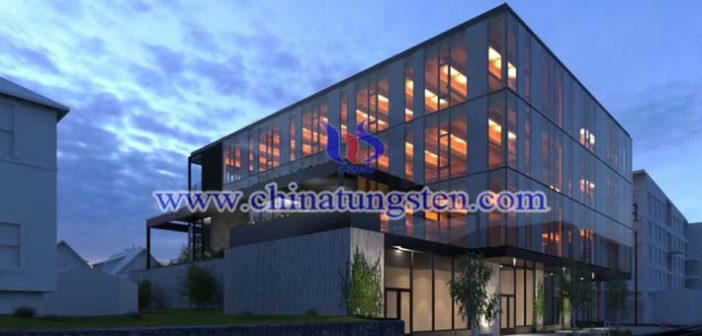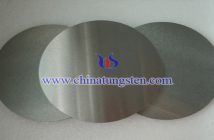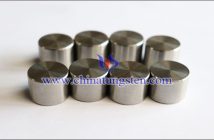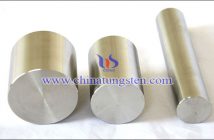Cesium tungsten bronze, or CsxWO3, is a well-known near infrared absorbing material having excellent visible light transmission and near-infrared shielding properties, which stands out from near-infrared absorbing materials such as ATO, ITO, rare earth hexaboride, TiN, and VO2. But do you know why cesium tungsten bronze is the most popular near-infrared absorbing material?
More details, please visit:
http://cesium-tungsten-bronze.com/index.html
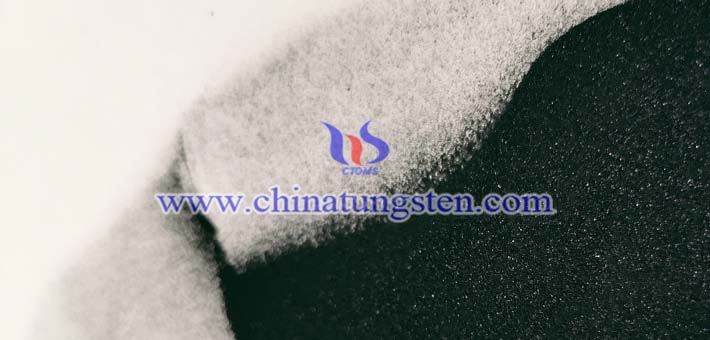
Among the above-mentioned near-infrared absorbing materials, nano ATO can only shield near-infrared radiation with a light wavelength of 1500-2500nm, and nano ITO can only shield near-infrared radiation with a light wavelength of 1200-2500nm, without the performance of shielding the high energy to the light wavelength of 780-1200nm. The optical properties of TiN are greatly affected by the N/Ti ratio. Although nano VO2 has the conversion characteristics from high-temperature metal phase to low-temperature insulator phase and can be used in smart windows, its transparent thermal insulation performance is poor. So, it cannot meet the requirements of high-performance transparent thermal insulation materials for windows. Nano rare earth hexaboride, especially LaB6, can shield high-energy near-infrared radiation with a light wavelength of 780-1300nm, but it has poor shielding performance against near-infrared radiation with a light wavelength above 1300nm. While nano CsxWO3 has a low light reflectivity and strong absorption in the 250-2500nm band.

